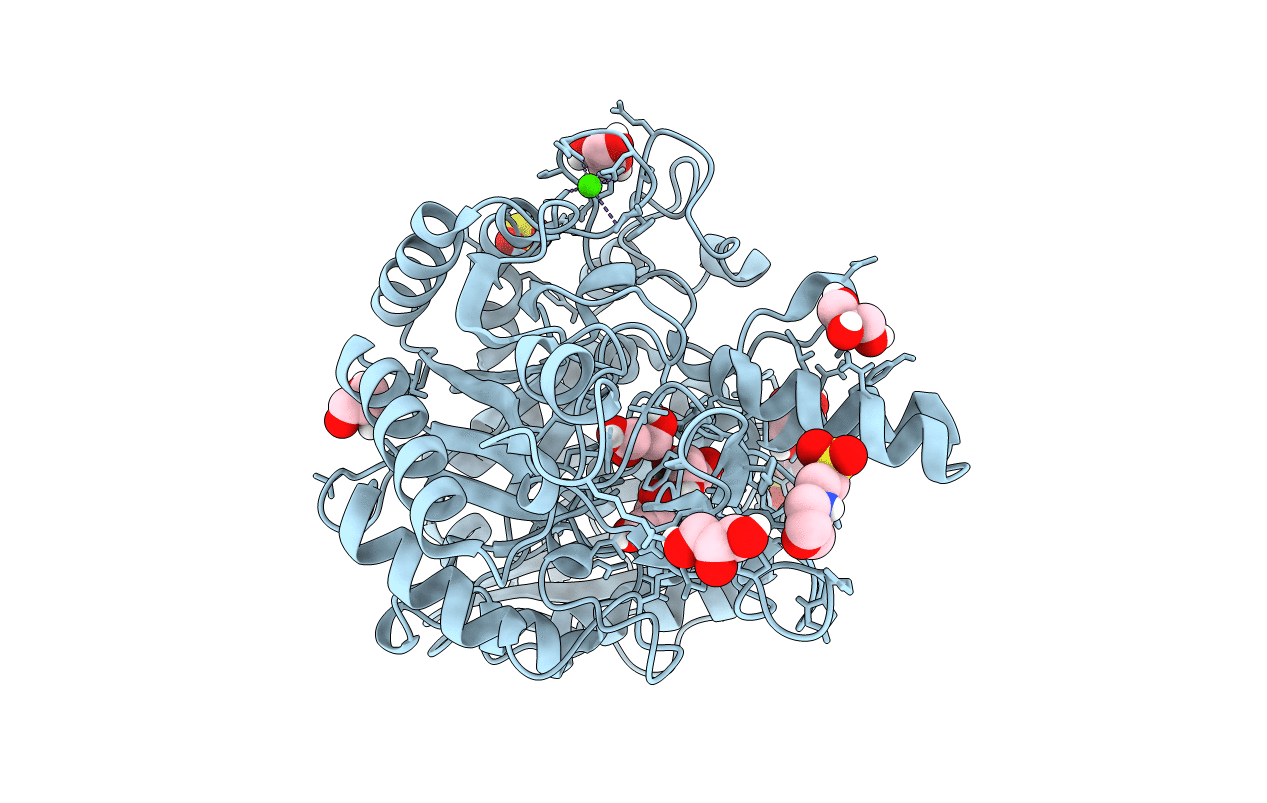
Deposition Date
2012-02-09
Release Date
2012-08-29
Last Version Date
2023-12-20
Entry Detail
PDB ID:
4AIE
Keywords:
Title:
Structure of glucan-1,6-alpha-glucosidase from Lactobacillus acidophilus NCFM
Biological Source:
Source Organism:
LACTOBACILLUS ACIDOPHILUS NCFM (Taxon ID: 272621)
Host Organism:
Method Details:
Experimental Method:
Resolution:
2.05 Å
R-Value Free:
0.18
R-Value Work:
0.13
R-Value Observed:
0.13
Space Group:
P 21 21 2


